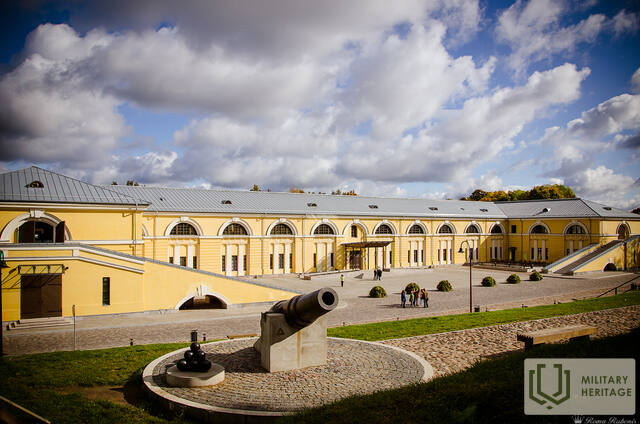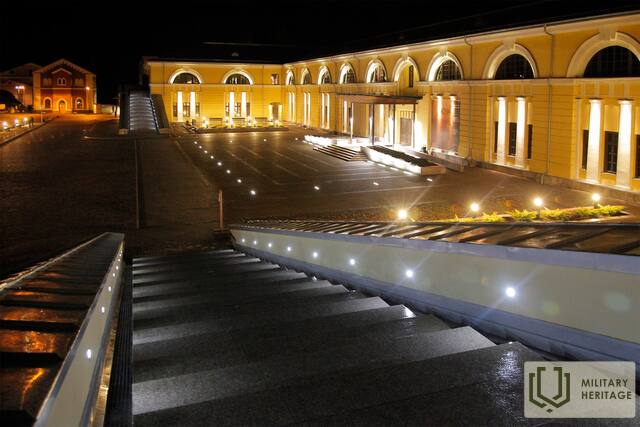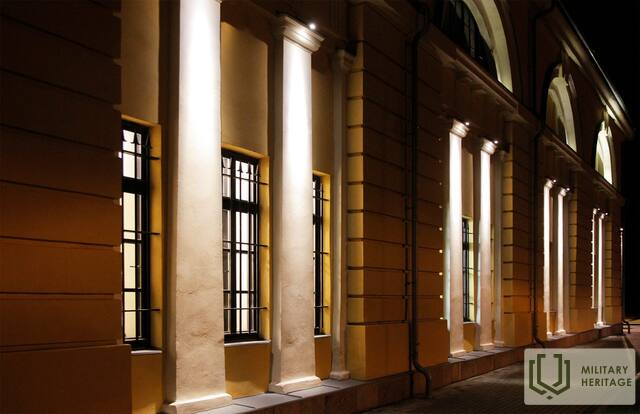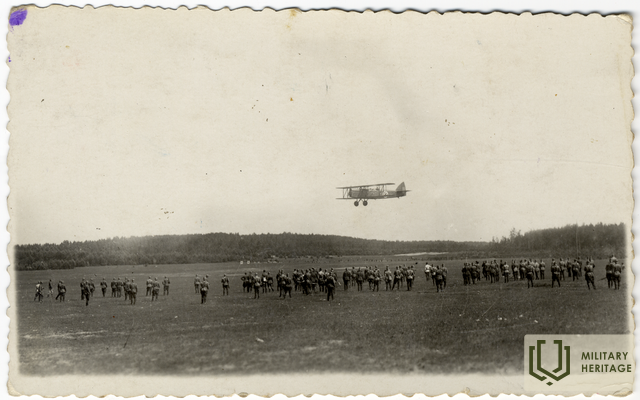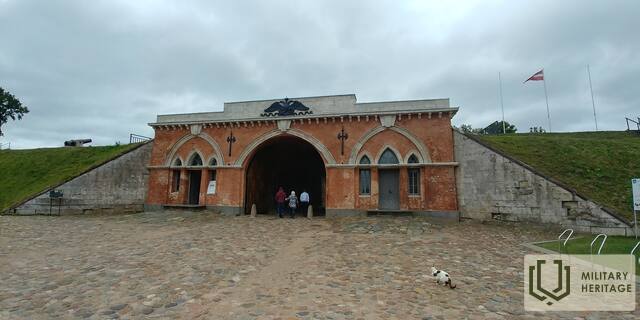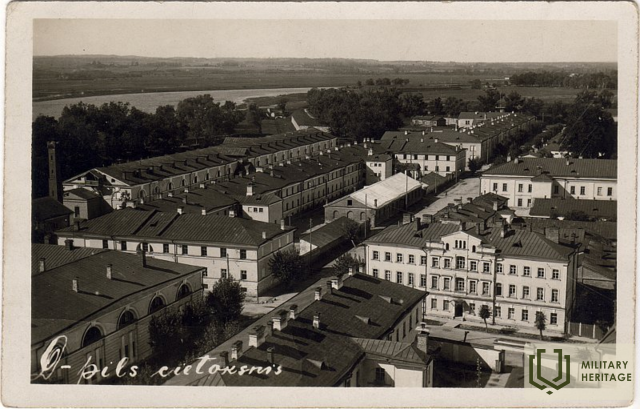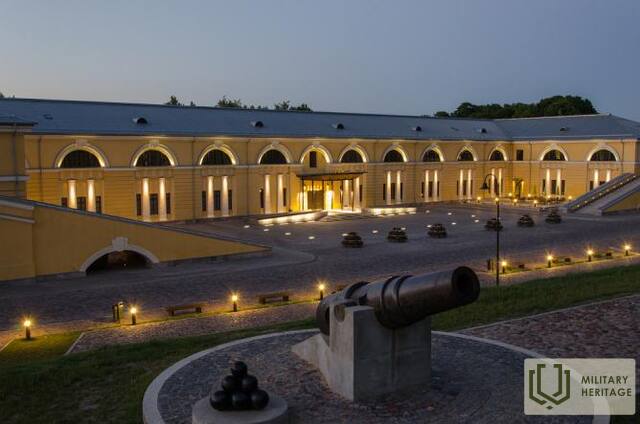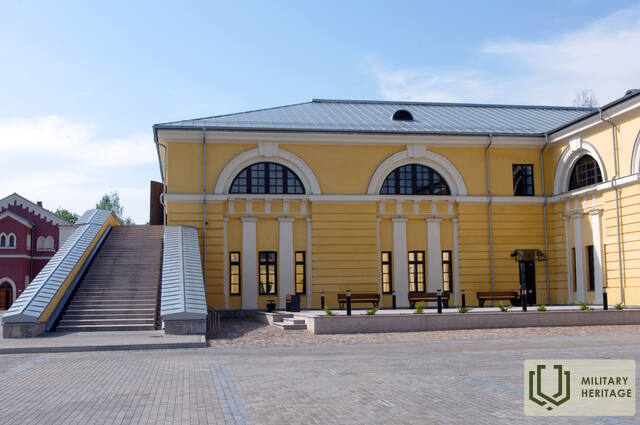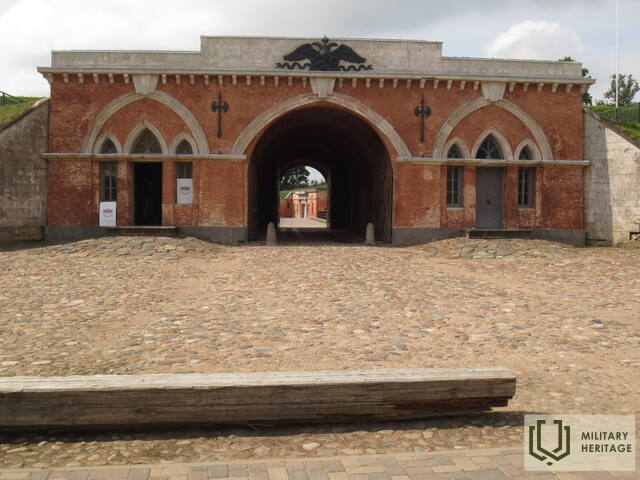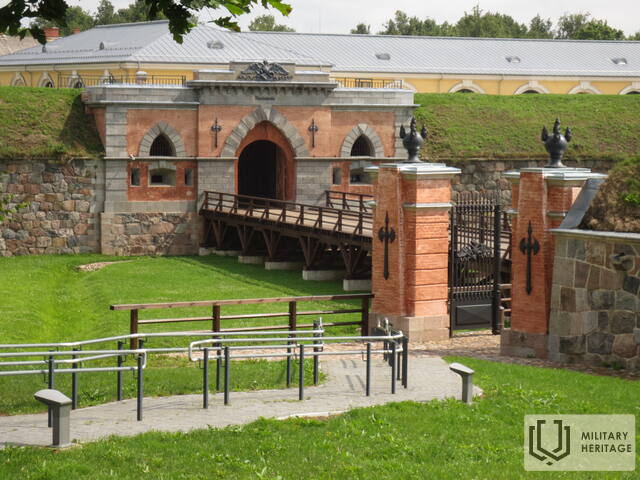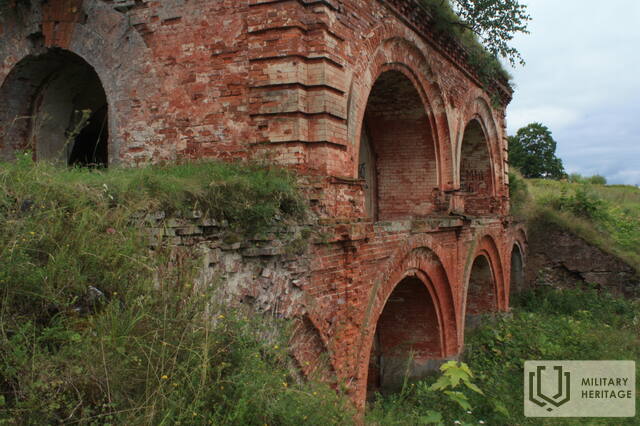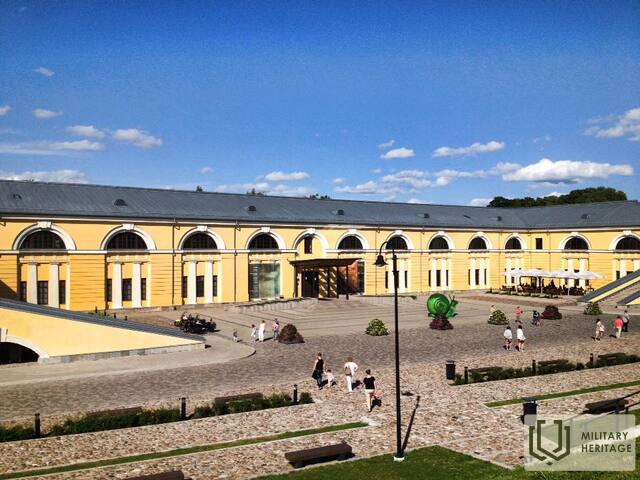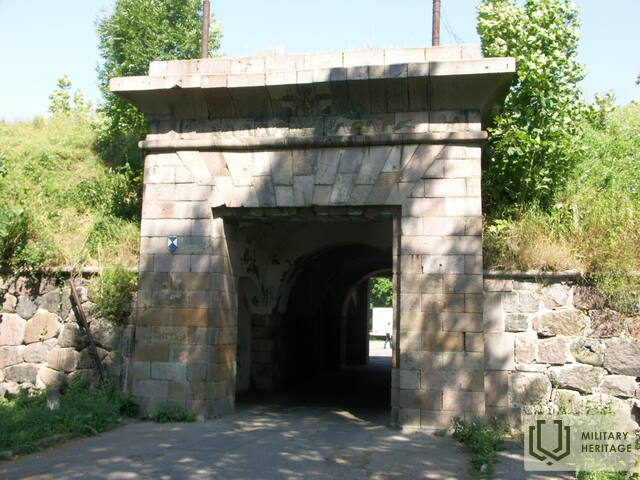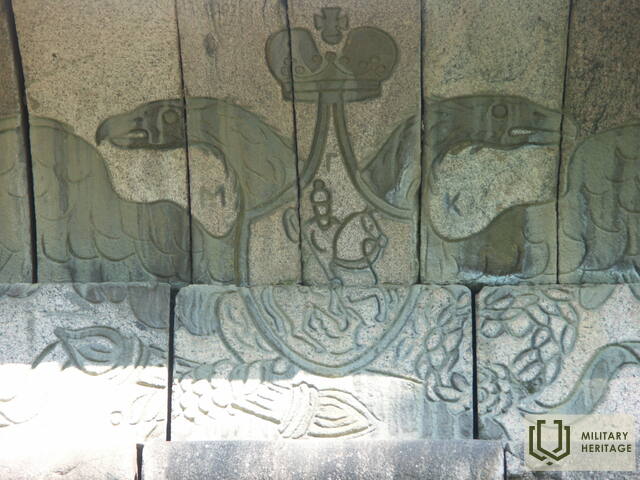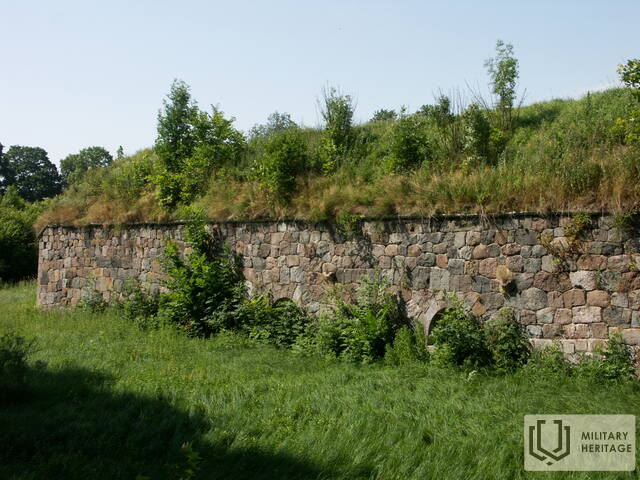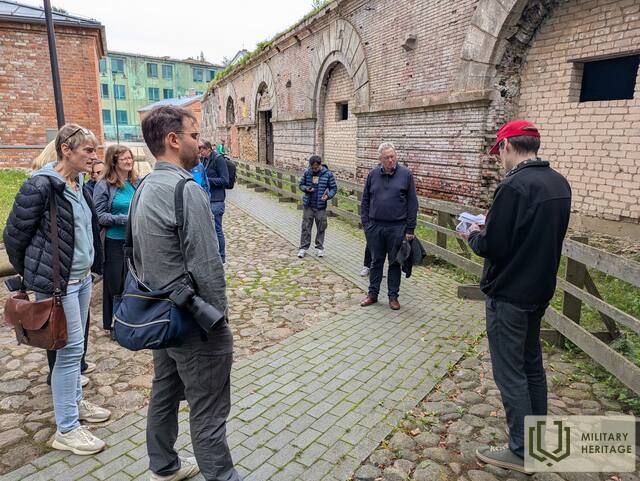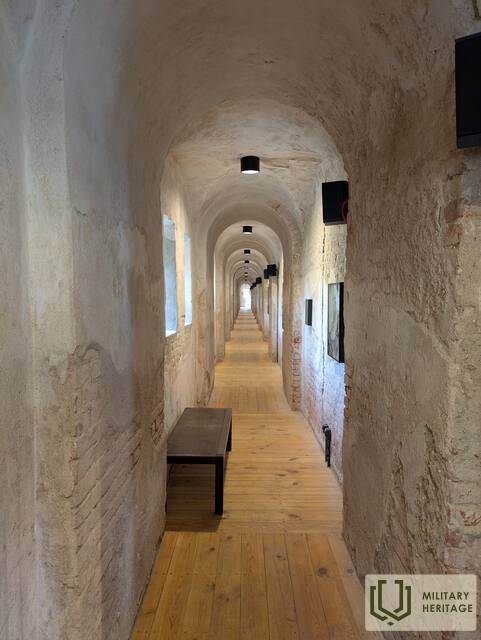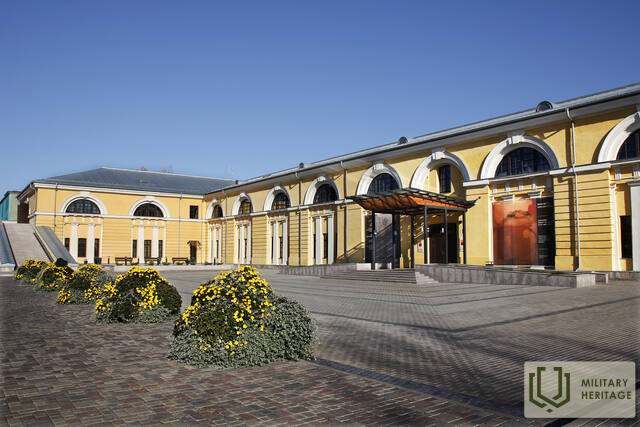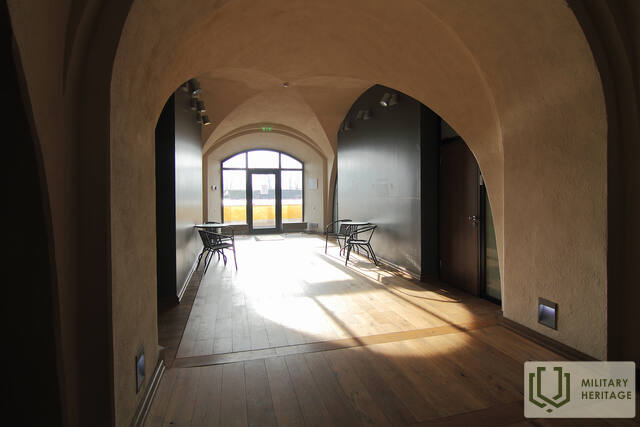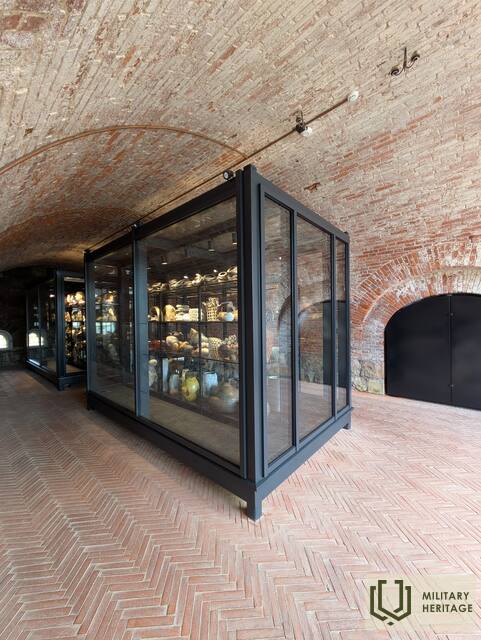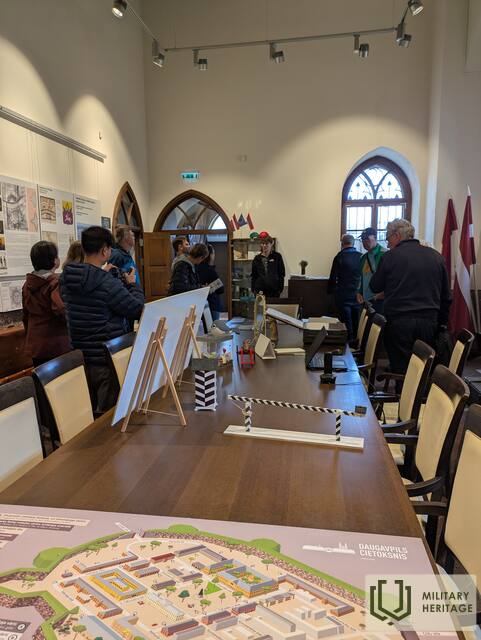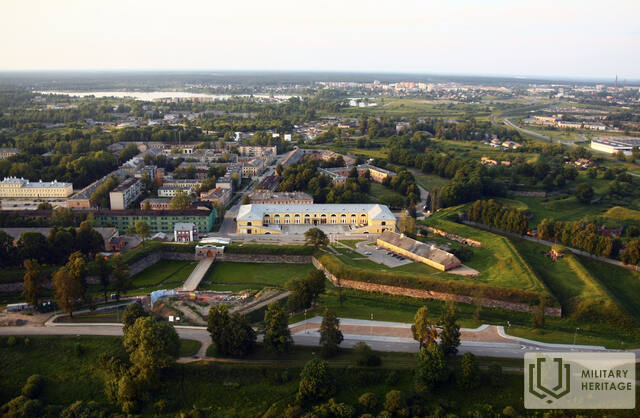Daugavpils Fortress Museum

Daugavpils Fortress is an architectural, cultural and historical heritage monument of national importance. It is the last bastion-type fortress built in the world and the only surviving example of a fortress from the first half of the 19th century in Central Europe, which has been preserved without significant changes.
Its construction began in 1810, as Tsarist Russia prepared for Napoleonic invasion, and continued until 1878. In 1812, Russian and French troops fought at the unfinished fortress. After the Napoleonic Wars, the construction of the fortress continued, however, already during its construction, it began to lose its military importance.
During World War I (1915–1918), the fortress served as a support and logistics base for the Russian Army. In February 1918, it was occupied by German troops, and in December – by Bolshevik forces. In January 1920, the fortress was recaptured by Polish troops, who helped the Latvian Army to liberate Latgale from the Bolsheviks. From 1920 to 1940, the 4th Zemgale Division of the Latvian Army was stationed in the fortress.
After the occupation of Latvia in 1940, Red Army units were stationed at the fortress, and during the German occupation, it became the site of the prisoner-of-war camp for Red Army POWs “Stalags-340”. After the second Soviet occupation in 1944, Soviet troops were again stationed in the fortress. Latvia regained the fortress in 1993 after the Russian Army had left.




